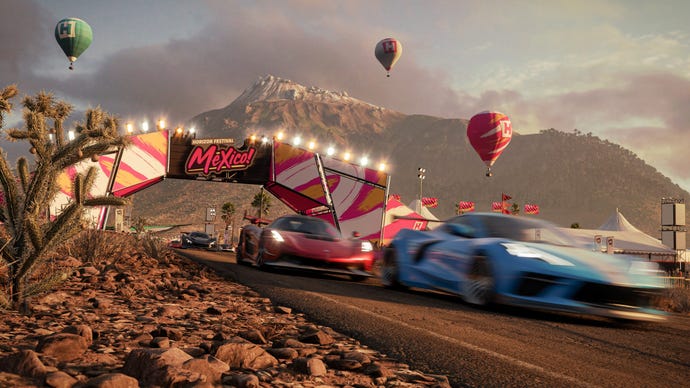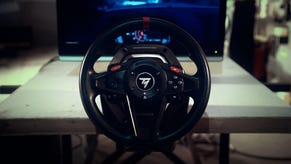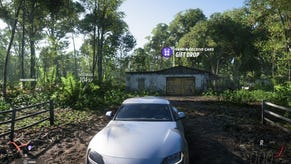Nvidia’s DLSS offering expands today with 5 new titles and an upgrade for Forza Horizon 5
DLSS is arguably the best reason to own one of Nvidia's newer-generation graphics cards - and today, it becomes a little bit more useful.
Nvidia’s DLSS technology gets another update today, adding five new titles to the service, updating another, and improving the tools available to developers wishing to use the game-changing setup.
For the unfamiliar, DLSS stands for Deep Learning Super Sampling, and is basically a method of using AI technology to increase the frame rates you can output in compatible PC games - allowing you to theoretically crank up graphics-intensive settings including ray tracing without tanking performance.
With DLSS, you can do things like max out Cyberpunk 2077, including with ray tracing, and still achieve 60 or even 120 frames per second. When it works, it’s a bloody magical feature. There’s a catch, of course - you’ll need a compatible Nvidia RTX graphics card, and games have to be individually updated for DLSS compatibility.
Today, five new games join the DLSS line-up: Deceive Inc., Tchia, Smallland: Survive the Wilds, Gripper, and The Last of Us Part 1. Some of these games are getting DLSS updates, while others are launching this week with DLSS upgrades already in place. All five of those games support DLSS 2, the previous but still surprisingly powerful iteration of the technology.
Meanwhile, Forza Horizon 5 is going next-gen, receiving an upgrade to DLSS 3 today - becoming the 29th game to support the newer generation of the tech. With DLSS3 and Nvidia Reflex, Nvidia boasts that Forza Horizon 5 can break the 120fps barrier at 4K with settings maxed, including ray tracing.
The catch is that DLSS 3 is only compatible with the hair-raisingly expensive 40 series GPUs - but it'll be a big boon to those who own them. Even with DLSS 2, however, Nvidia say 84% of its Forza Horizon 5 players are playing with the tech turned on. This is an interesting stat, as it goes to show how invaluable this technology has become for games that support it.
If you’re unaware of how it works, it’s a complicated set of systems working together - but what it does is deceptively simple. Essentially, you crank up game settings - which typically lowers frame rates - but then you turn DLSS on. What DLSS then does is render the game at a resolution way lower than your selected output - which allows the game to push a higher frame rate. Then the deep learning super sampling itself steps in, filling in the missing detail to get you back up to your target resolution. So powerful is the AI that a DLSS image initially rendered at 1080p but displayed at 4K can be nearly indistinguishable from a native 4K image. DLSS pairs with Nvidia Reflex, an anti-lag tool, to ensure that no additional lag is incurred.
Nvidia’s goal is to make DLSS easier to implement, too. The company already boasts that it can be integrated into games in “as little as a day”, and at GDC last week a suite of new tools to make integration easier for developers was revealed.
Nvidia rival AMD has its own version of DLSS, which is known as Fidelity FX Super Resolution - or FSR.










